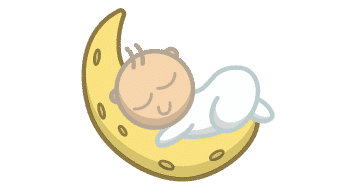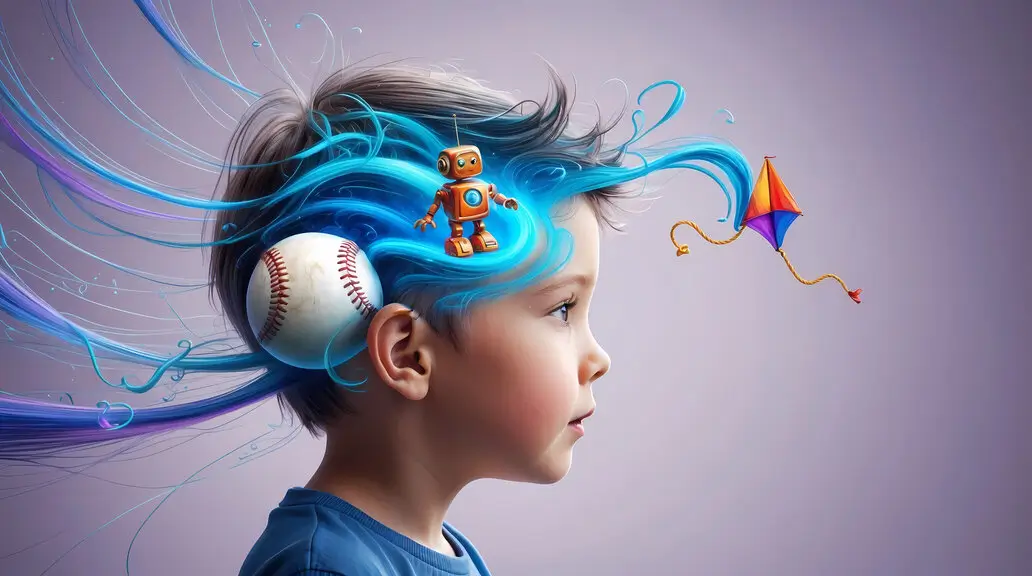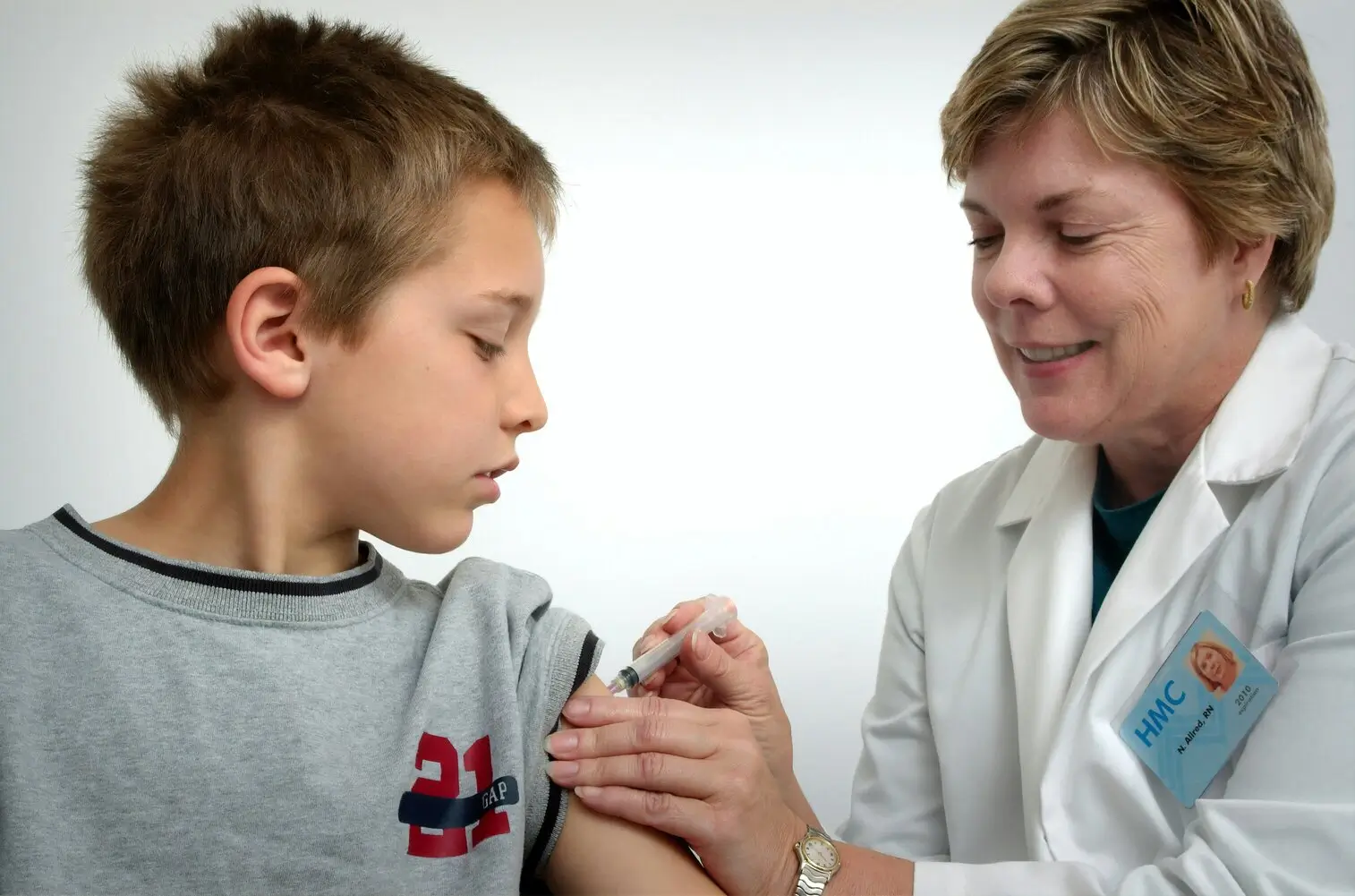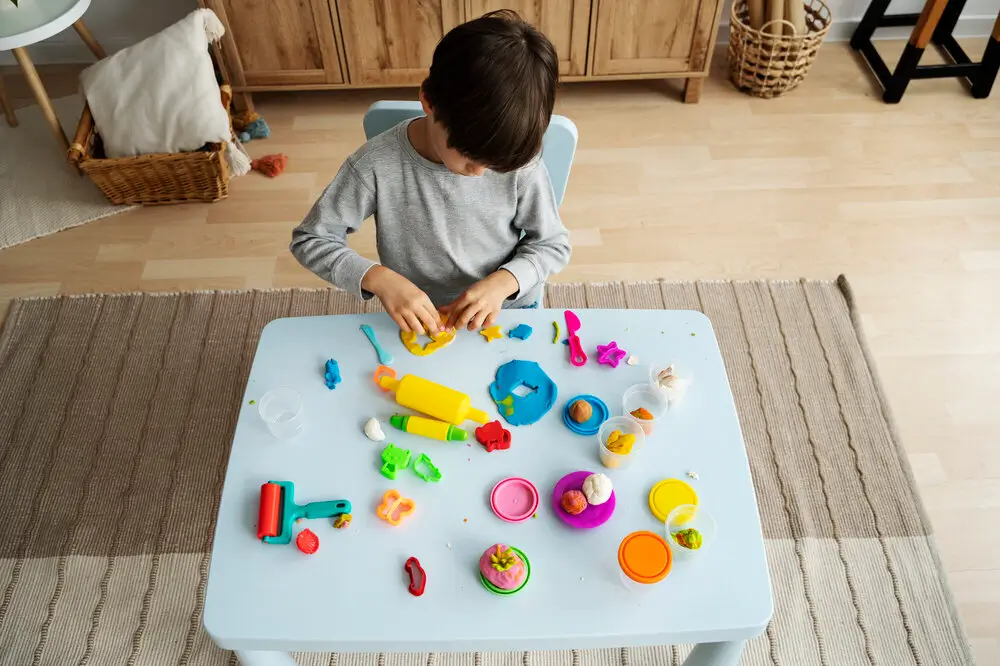Baby brain gets used in two ways. Some people mean the fogginess many parents feel during pregnancy and early parenthood. Others use it to describe the amazing growth in an infant’s mind. Both are real, and both are easier to support than you might think. You don’t need fancy gear. You need steady routines, responsive talk, and play you can do in a living room.
You’ll see the term here in both senses: pregnancy focus changes and infant development. As we go, I’ll fold in everyday moves that help, plus gentle myth-busting on viral terms like baby Italian brain rot so parents can exhale and focus on what works.
Baby Brain During Pregnancy
Many pregnant people report slips in names, misplaced keys, and rereading the same paragraph. That’s the everyday picture of a baby brain during pregnancy. Sleep and stress play a big part, especially in the pregnancy brain first trimester, when nausea and fatigue can hit hard. You’re not “less capable.” Your attention is rebalancing to handle health appointments, planning, and safety.
Short routines reduce friction. Keep keys, wallet, and phone in the same basket. Write three-item lists, not twenty. Laugh when you find the remote in the fridge. Humor lowers tension and keeps the day moving. If you want gentle, research-aligned routines that make home life calmer, the brain building ideas in our brain-building guide fit right in.
Partners and friends can help by running one errand block or cooking a simple meal. Small support goes a long way. When rest improves, focus usually follows. The fog lifts bit by bit.
Brain Building in Infancy in the First Year
When people talk about baby brains in infants, they mean that fast wiring of connections you can almost see. Every look, coo, and cuddle strengthens pathways for attention, language, and comfort. Think of communication as a friendly rally. Your baby “serves” with a sound or glance. You “return” with a word, smile, or touch. That back-and-forth is the engine.
Daily care is perfect for learning. At bath time, sing a short song and pause for a tiny smile before the next line. On the floor, copy a sound and wait. Your baby will build anticipation and try again. These are baby brain games for infants that cost nothing and fit into real life.
You don’t need special tools. Pots become drums. A scarf becomes a magic curtain. A cardboard box becomes a tunnel. Repetition is your friend. Short, joyful moments beat long distracted ones.
7 Stages of Brain Development
Families often read about the 7 stages of baby brain development and wonder what they should look for at home. Labels vary, but this friendly arc covers what most parents notice. Use these cues to support baby brain growth with simple routines and play.
1) Sensory Spark (0–2 months)
Newborns lead with sight, sound, touch, and smell. Faces and voices matter most. Hold close, speak softly, and pause so your baby can take you in. Short cuddles and gentle songs are powerful brain building.
2) Social Smile & Shared Attention (2–4 months)
Eye contact deepens and the first social smiles bloom. Mirror expressions and reply to coos. This serve-and-return rhythm wires connection and attention.
3) Motor Discovery: Rolling to Reaching (4–7 months)
Rolling, propping, and reaching begin. Place safe objects just out of reach to invite trying. Narrate movements in plain words to link action and language.
4) Sitting & Big Exploration (6–9 months)
Sitting opens a wider view. Your baby studies hands, toys, and you. Offer simple containers and soft items to grab and drop. Short sessions beat long marathons.
5) Peekaboo & Object Ideas (7–10 months)
Peekaboo starts to make sense out of sight doesn’t mean gone. Try slow reveals with a scarf. These tiny baby brain games for infants build memory and anticipation.
6) Babble to First Words (9–12 months)
Babbling tightens into clear patterns and early words. Name what your baby looks at: “Blue cup,” “Soft towel,” “Big dog.” Keep phrases short and warm.
7) Cause-and-Effect Play & Early Planning (12–24 months)
Put in, take out, shake, stack, repeat. Simple sequences appear, then imitation and small choices. As the toddler’s brain grows, it invites easy decisions: “Red cup or blue?” Keep limits steady and routines predictable.
Remember growth is a steady climb with pauses, not a perfect calendar. The best support is consistent connection, talk, play, movement, and rest everyday steps that keep baby brain development on track.
Baby Brain Map: Parts of the Brain
You’ll read wild phrases online like parts of brains fertility that mix baby brain science, pregnancy, and typos. Let’s keep the map simple and useful.
Feelings and bonding live in deep networks that respond to touch, tone, and closeness. When your voice is steady and your face is kind, your baby learns, “I’m safe.” The planning and attention system behind the forehead builds slowly and loves short turns, brief waits, and playful “your turn my turn” games. Movement areas help with rolling, reaching, crawling, and walking. Practice happens through play on the floor, outside on the grass, and later on playgrounds.
If a term sounds complicated, bring it back to this: Is my child fed, rested, and comfortable? Are we connecting face to face? Are we repeating the small games that make them light up? That’s the heart of raising brains at home.
Brain Games for Infants and Daily Brain Building
Connection first. Ten minutes of undistracted time is powerful. Choose a moment when your phone is away and you can tune in fully. Your baby will show you what they want to explore: the tag on the blanket, the rattle, the curtain moving in the breeze. Follow their eyes and name what they look at.
Talk often. You don’t need complicated vocabulary. Plain words tied to real moments build strong language. “Warm water on your feet” during a bath. “Soft towel on your hands” during a dry-off. “Blue cup or green?” during snack. Choices give even very young children a sense of control and reduce power struggles, which helps a toddler’s brain practice early self-control.
Keep routines predictable. Morning, meals, naps, play, and bedtime form a friendly rhythm. Routines free attention for learning because you and your child don’t spend energy guessing what’s next. If you’d like simple scripts and transitions that reduce friction, the tips in Directions & Routines fit natural family life in baby brain development.
Move every day. For infants, that means floor time on a blanket, reaching for a soft toy, and rolling. For toddlers, it looks like safe climbing, carrying a small basket of blocks, and pushing a sturdy cart. Movement fuels focus. When the body works, the mind follows.
Baby Brain and Toddlers: From One to Three
Curiosity expands rapidly in the second and third year, and strong preferences emerge alongside it. This is healthy growth in a toddler’s brain. Feelings, actions, and words begin to link. Planning shows up in everyday play: stacking cups by size, sorting spoons and forks, lining up cars, pretending to feed a doll. Consistent brain building during these moments strengthens attention, memory, and self-control.
Limits work best when simple and steady. Two clear options lower conflict, such as red cup or blue, shoes first or hat. Small jobs invite cooperation: the child carries socks while an adult carries the shirt. During upsets, a calm presence and brief emotional words help. After settling, a return to play restores rhythm. This repair-and-rejoin loop reflects practical brain rules for babies in toddler life.
Language grows through conversation rather than quizzes. Open prompts invite description and short stories. Swap color checks for prompts like tell about this car or explain what happens next in the game. Regular chances to choose, speak, and take turns help with planning and flexibility.
Daily habits matter more than long sessions. Short play bursts, movement, music, and outdoor time fit into predictable routines for waking, meals, naps, play, and bedtime. With steady connection and gentle structure, families are raising brains in real time supporting baby brain growth through the toddler years without extra gear or complicated steps.
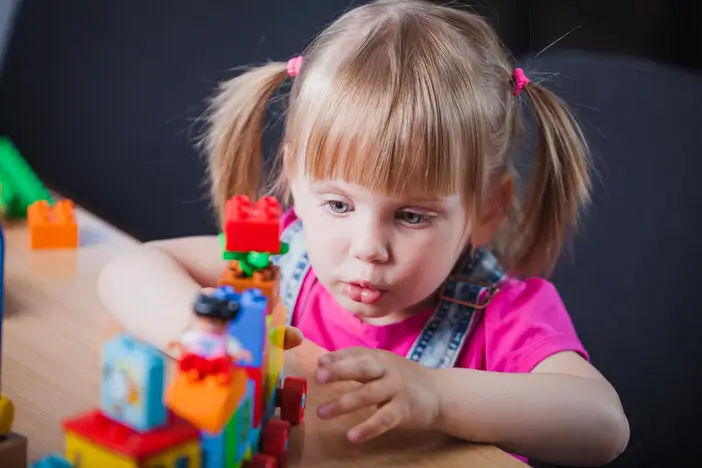
Baby Brain Myths and Viral Terms
Let’s untangle a few odd phrases that bounce around online and can distract from helpful steps.
What is mommy brain?
It’s a nickname for the attention, memory, and focus changes many pregnant people report. Sleep shifts and planning load matter as much as hormones. Short lists, predictable routines, and steady support help the day feel easier.
Baby Italian brain rot.
This one shows up in memes and comments. It’s not a medical term. If a phrase sounds dramatic and vague, look at real signals: feeding, sleep, eye contact, movement, sounds, and comfort. If you’re worried, call your pediatrician rather than chasing posts down a rabbit hole.
Pregnancy brain first trimester.
Early on, fatigue and nausea can make anyone feel foggy. Gentle hydration, snacks that settle your stomach, and early bedtimes help. As the second trimester brings more stable rest, focus often improves.
Brainy Baby left brain.
Marketers love left-right talk. Real learning uses both sides at once. Language, rhythm, attention, and creativity work together. You can support all of them through songs, stories, and pretend play.
Baby brainstorm.
Consider this a playful home practice: make up tiny games on the spot. Tap knees to a beat. Hide a scarf and pause before the reveal. Follow curiosity rather than a script.
Baby Brain Principles at Home
Families often ask for simple “rules” they can remember on a busy day. Here’s a practical, family-first version inspired by brain rules for baby ideas:
Start with connection. Your face and your voice are the main tools. Talk through care in short sentences. Repeat little games. Protect naps and bedtime so everyone has a better shot at a calm day. When possible, get outside, even for five minutes. Fresh air wakes up curiosity.
Mix language with movement. Sing while you carry laundry and let your toddler hand you the next item. Do finger plays during a quiet minute in a waiting room. Count steps to the bath. These bits add up.
Model calm. You won’t be calm every minute. No one is. But a steady tone and a short pause before you respond teach more than a long speech ever could.
If you want practical examples laid out step by step, our brain-building guide shows how to weave these habits into the day.
Raising Brains Safely and When to Check In Pediatrician
Most variations in development are typical. Babies and toddlers grow in bursts, then pause, then leap again. Still, parents know their child best. If feeding is consistently hard, if sleep is always fractured, if eye contact or shared smiles seem rare, or if movement seems very stiff or very floppy, call your pediatrician and describe what you see. Early guidance for baby brain development is kind, not scary.
The same goes for pregnancy. If fogginess feels heavy and constant, or if mood changes feel sharp and lingering, talk to your clinician. Support helps the whole family.
Baby Brain FAQs
Is the baby brain during pregnancy normal or a myth?
Ans: It’s common. Sleep changes, stress, and a heavier planning load shape focus. Short routines, micro-lists, and humor help the day feel smoother.
Which brain games for infants make a real difference?
Ans: Copy a sound and wait. Narrate simple actions during care. Name what your baby looks at. Sing a short song with gentle touch. Repetition builds attention and memory.
Should I be worried about baby Italian brain rot?
Ans: No. It isn’t a clinical term. Focus on feeding, sleep, eye contact, movement, and comfort. Call your pediatrician if something feels off.
What are practical brain rules for babies I can follow without buying gear?
Ans: Connection, talk, play, movement, rest, and predictable routines. Small, steady moments beat big, rare ones.
How can I support a toddler’s brain during meltdowns?
Ans: Stay near and calm. Name the feeling in a few words. Offer two choices when your child is ready. Rejoin play. That cycle teaches recovery.
Does the pregnancy brain first trimester go away?
Ans: Yes. As rest improves and routines stabilize, focus returns. If fogginess feels constant or heavy, talk with your clinician.
Baby Brain Wrap-Up: The Small Things That Matter Most
Baby brain isn’t a problem to fix. It’s a season to understand and a process to support. Your voice, your face, and your steady routines are the best tools you have. Keep moments short and joyful. Repeat the games that spark a smile. Protect sleep for your child and yourself. For calm, research-aligned ideas you can try this week, explore our brain-building guide and the easy routines in Directions & Routines.
